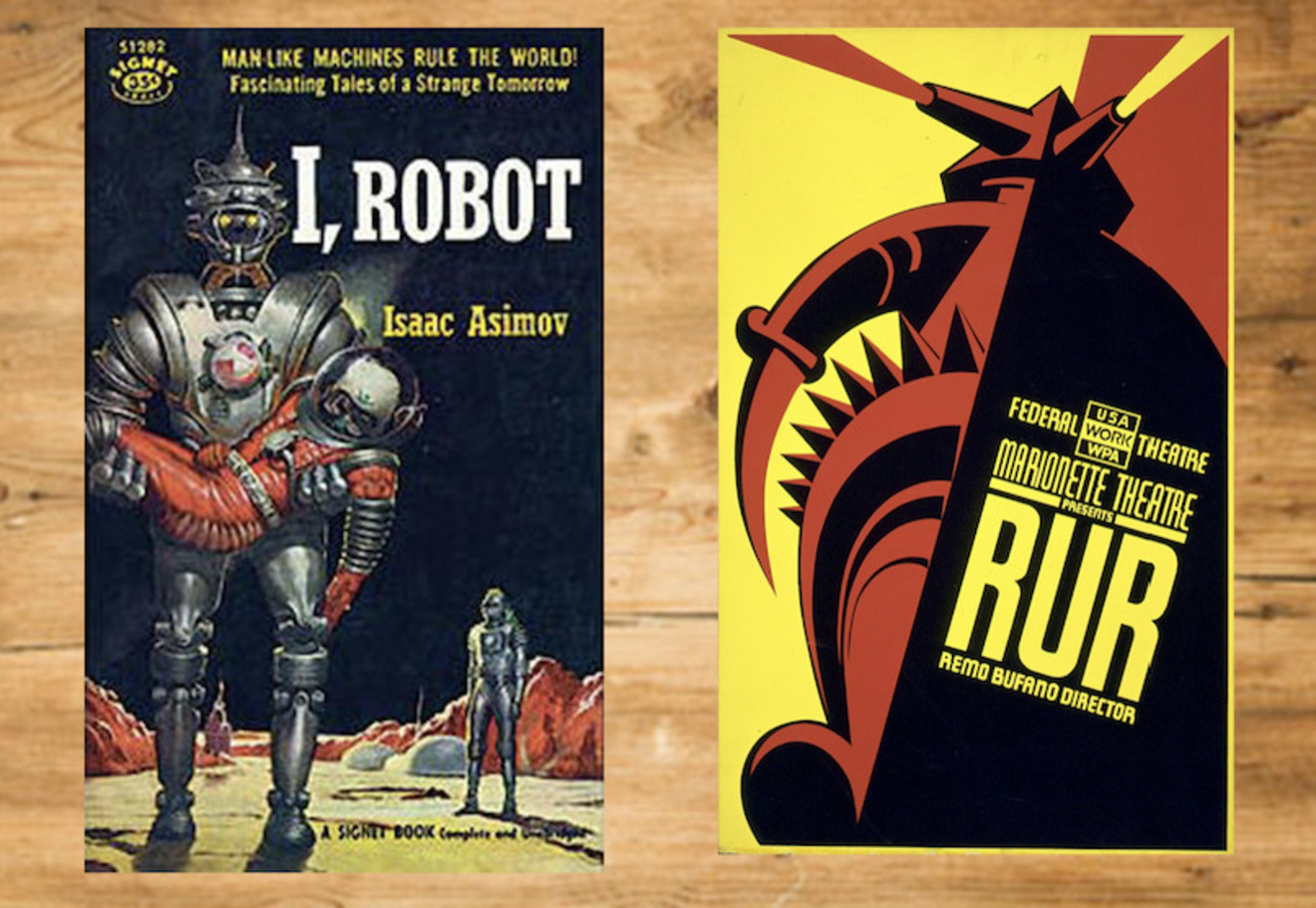New names for our robotics labs: Meet the Čapek Lab and the Asimov Lab!
The SCIoI Team chose 20th-century science-fiction authors Karel Čapek and Isaac Asimov when naming for the Cluster’s two robotics labs. Here’s why.
About a hundred years ago, an emerging author from Prague, Karel Čapek, was thinking of writing a play for the National Theatre featuring “living and intelligent working machines.” When trying to come up with a name for these machines, he first thought he would call them “Labors,” after the English word “labor.” But after a talk with some acquaintances, he decided to go for the Czech word instead, and named them Robots instead, which means “to work.” The play, “RUR,” which stands for “Rossum’s Universal Robots,” premiered in Prague in 1921 to great acclaim, and then hit Broadway just a year later. The play explored a hot topic of the time: the potential risks of modernisation.
Around that time, in a Russian village, a baby named Isaac Asimov was born. Three years later, his family moved to New York, where his father opened up a small candy store. Asimov studied zoology at Columbia University and then earned a degree in biochemistry, but had been a science fiction writer since his teenage years, publishing his first story about robots (Robbie) in June 1940. With his subsequent series of books about robots, Asimov became associated with the genre more than any other author of his time, and in one of his stories, “I, Robot,” he defined three laws for a world where humans and robots live together. All robots in Asimov’s fiction must comply with these rules, as they ensure that the robot does not turn against its creators. This way, Asimov’s robots are no longer an enemy or a threat, but rather companion or helpers for humans.
First Law: A robot may not injure a human being or, through inaction, allow a human being to come to harm.
Second Law: A robot must obey the orders given it by human beings except where such orders would conflict with the First Law.
Third Law: A robot must protect its own existence as long as such protection does not conflict with the First Law or Second Law.
By defining the concept of robot and robotics, even if only in literature, Čapek and Asimov laid the foundations for subsequent artistic exploration of the concept, but also for today’s research.
Contributor: Jesper Rolfs





